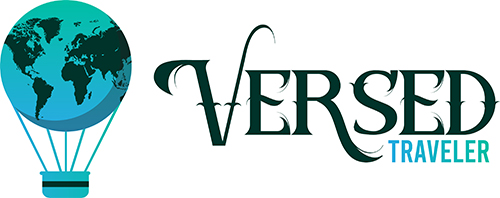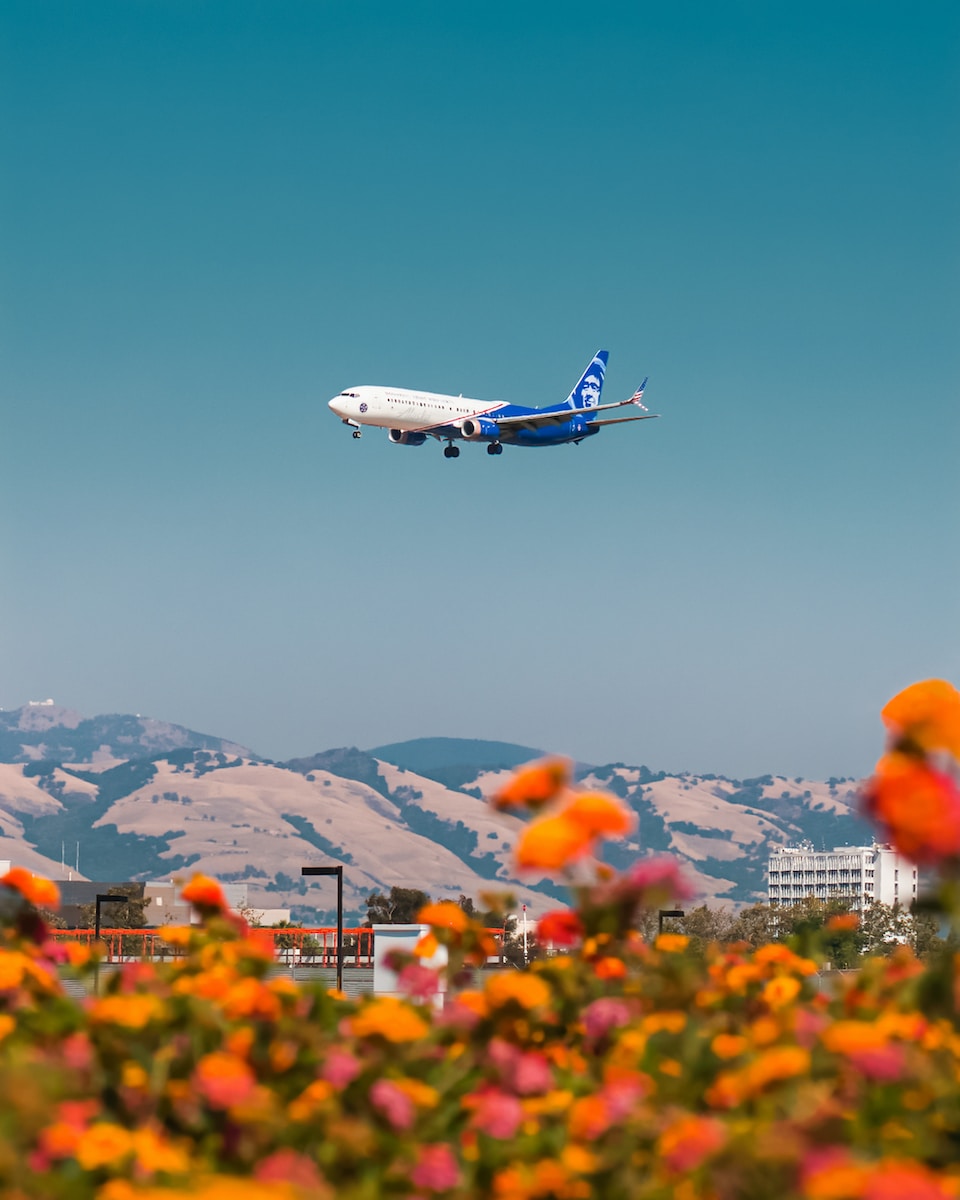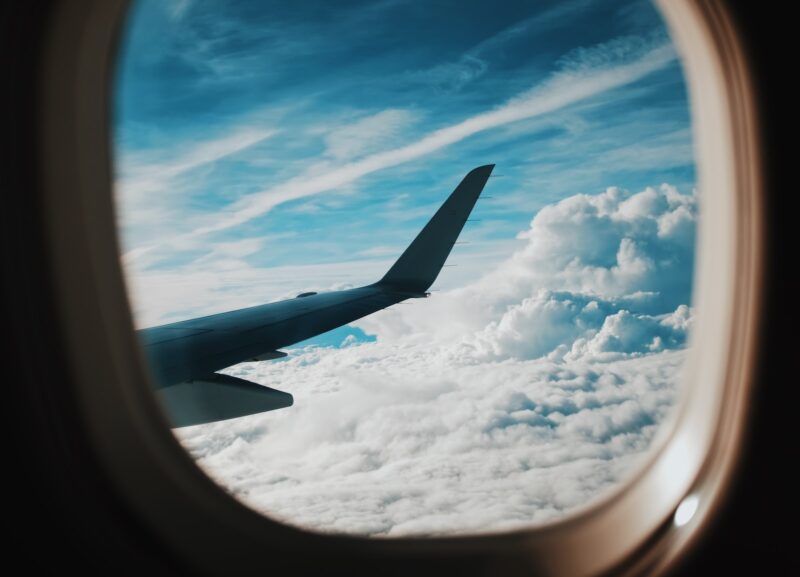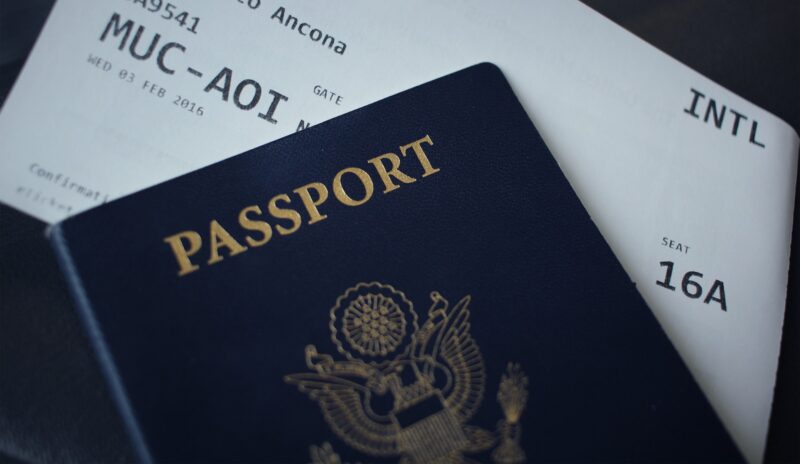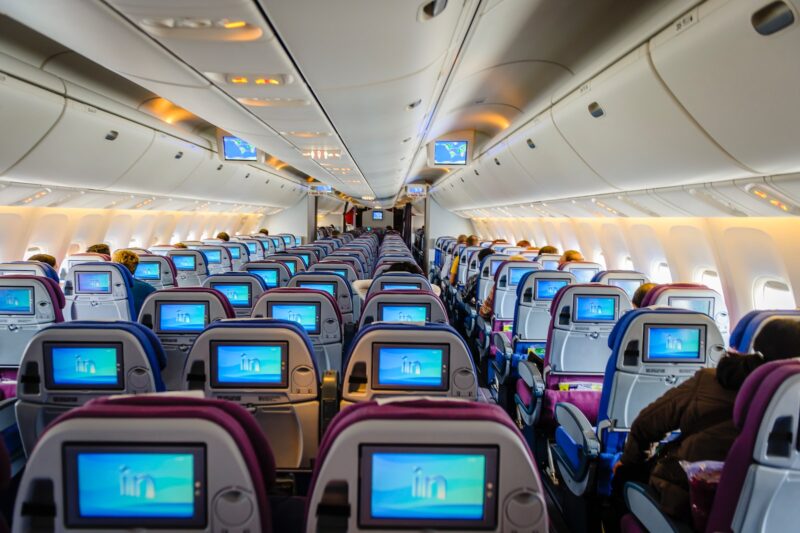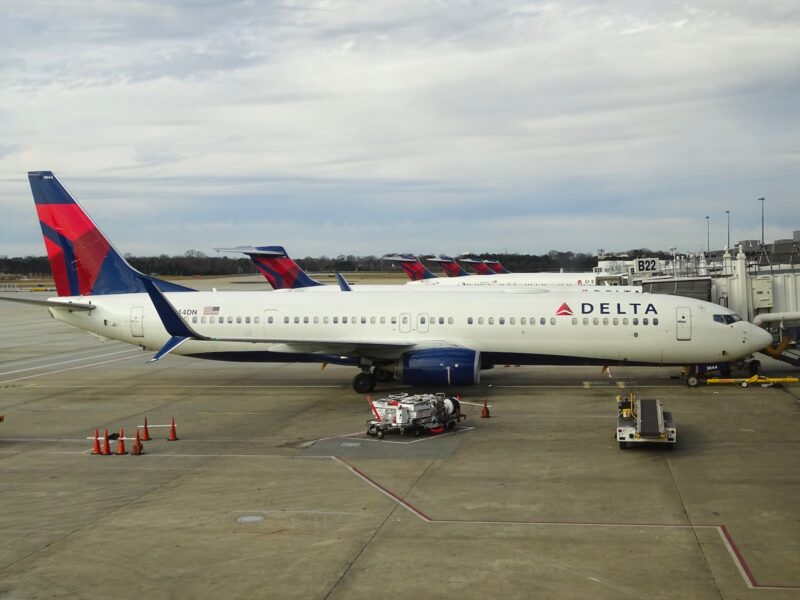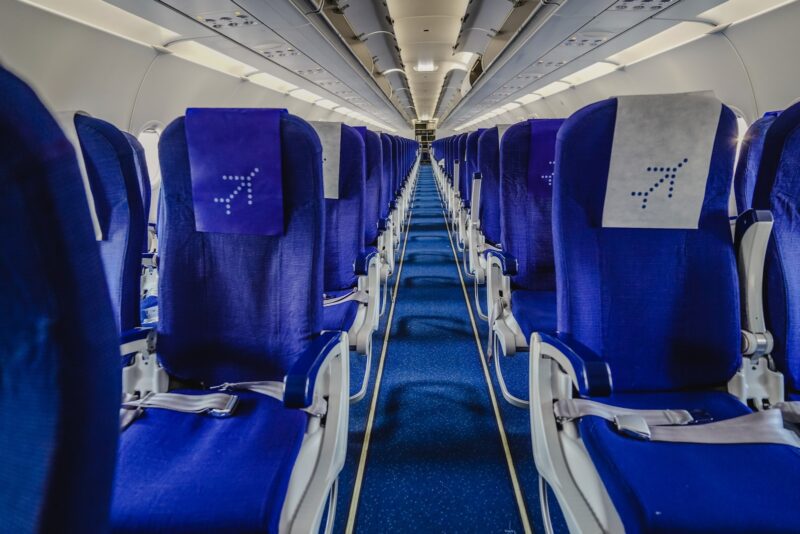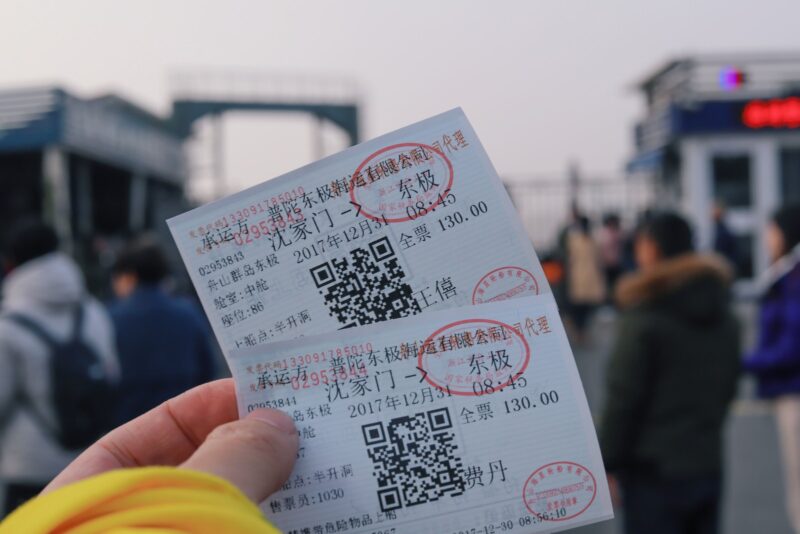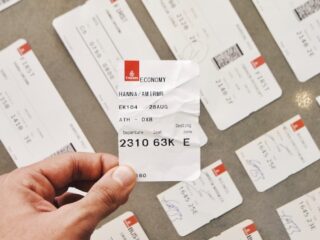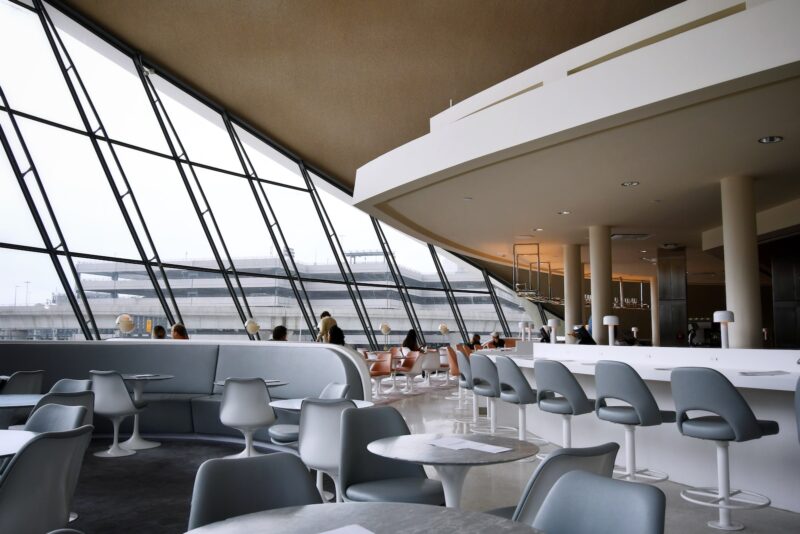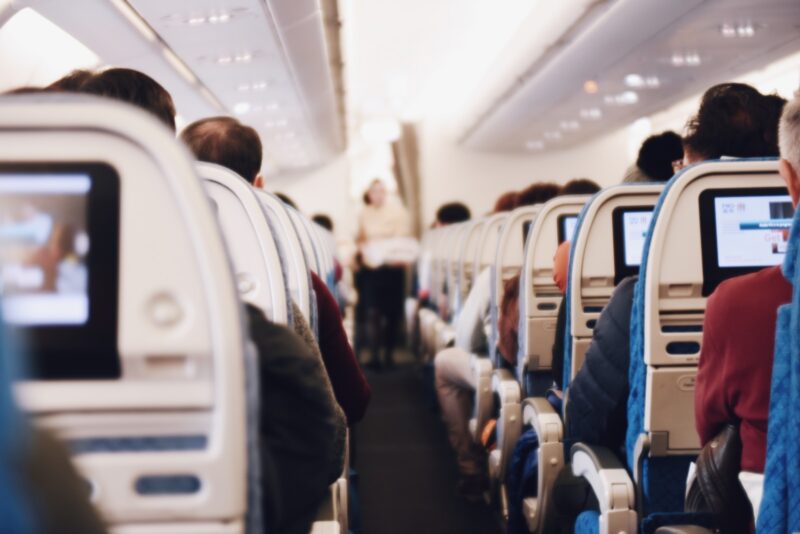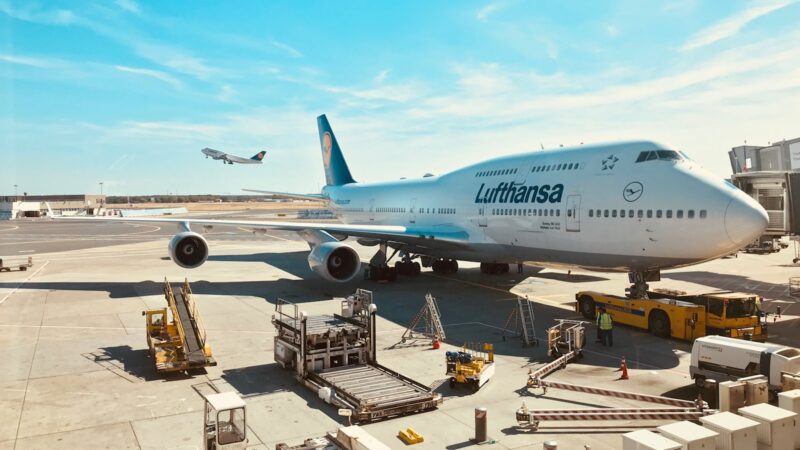Revenue management departments of major airlines are complex and intricate. These departments are responsible for deciding how much passengers will pay for their tickets. Passengers sitting in the same row can pay vastly different amounts for their tickets. To control revenue, airlines offer tickets in different airline fare classes for every flight.
Airline fare classes are further divisions of service classes such as economy, premium economy, business, and first class. These classes are complicated and vary from airline to airline. However, having at least some familiarity with the terminology can be helpful when searching for an elusive award ticket, booking an upgradeable fare, or trying to determine how many miles will be earned for an upcoming trip. In this article, I will explain airline fare classes and provide insight into what the fare basis code tells readers about their next flight.
Table of Contents
ToggleKey Takeaways
- Understanding airline fare classes can help travelers navigate the complex world of airline ticket pricing.
- Airline fare classes vary from airline to airline and are further divisions of service classes.
- Knowing the terminology can be helpful when searching for award tickets or booking upgradeable fares.
Airline Fare classes basics
Airline fare classes are a way that airlines divide every seat on a plane into different categories, each with its own price and set of rules. They are identified by one-letter fare codes, with some airline fare classes and codes being standard across all airlines, while others vary depending on the airline. For example, the Y fare class is typically a full-fare economy-class ticket, the J fare class is typically a full-fare business-class ticket, and the F fare class is typically a full-fare first-class ticket.
While most airlines have a different fare class for all 26 letters in the alphabet, some airlines no longer market certain airline fare classes. For instance, Delta and United no longer market any flights with the F fare class, with J being the highest fare class available for purchase. American does use the F fare class, but only for flights offering Flagship First service on its three-cabin aircraft, the Boeing 777-300ER and Airbus A321T.
Airline fare classes are used by airline reservation systems and travel agents to sell seats on a plane, and to keep track of which air fare classes are still available. They also represent all the tickets that can be bought directly with cash, or revenue fares. However, certain upgrade and award fare codes may also be available, which provide more information beyond revenue fares.
It is important to note that the most-discounted fares often have the strictest rules when it comes to refunds, changes, baggage allowances, and earning frequent flyer miles or elite credit. Some airlines do not award frequent flyer miles at all if a ticket is purchased in the most-discounted economy fare class, especially when trying to credit the flight to loyalty programs of partner airlines.
Overall, understanding airline fare classes is crucial for travelers who want to make informed decisions about their flights, as it can impact the price they pay, the rules they must follow, and the rewards they can earn.
How Airline Fare Classes Affect You
Airline fare classes can have a significant impact on your travel experience, from the price you pay for your ticket to the number of miles you earn for your flight. Understanding air fare classes is essential for travelers who want to maximize their benefits and minimize their costs.
When booking a flight, the fare class you select will determine the price you pay for your ticket. Airline companies offer different airline fare classes, which are further divided into service classes such as coach, business, and first class. Each fare class has a unique code that represents the ticket’s restrictions, such as the refundability, changeability, and upgradeability of the ticket.
For instance, if you’re looking to book a flight from Chicago O’Hare (ORD) to Los Angeles (LAX), the price you pay for your ticket will depend on the air fare class you choose. Suppose you find a round-trip ticket for $305, but you wait to confirm dates with a family member before booking. In that case, the price may increase to $375 if the more-discounted fare class you were looking at yesterday is now sold out.
Airline fare classes can also affect the number of miles you earn for your flight. While most airlines have switched to a revenue-based model of awarding miles for flights on their own flights, traveling on most of their partner airlines will use a formula that takes into account distance flown as well as fare class booked. As an example, the lowest fare class (V) on Delta Air Lines only awards you 25% of the miles flown. If you book a round-trip flight from Mexico City (MEX) to Atlanta (ATL), you’ll cover a total distance of 1,331 miles. However, that would only give you 333 miles. Booking into a fare class at the next level (E, N, or R) would double those earnings.
Additionally, airfare classes are critical if you’re chasing Delta Air Lines Medallion status. The lowest economy fare class would get you 1,331 Medallion Qualification Miles, but only 5% Medallion Qualification Dollars. If the base fare of the MEX-ATL flight on Aeromexico was $200, you would only earn 10 MQDs. Even booking into full-fare business class nets you a maximum of 40% MQDs. Delta is capping the MQD earnings as an incentive for its most loyal travelers to earn status by flying on Delta’s own flights or, at the very least, booking partner flights through Delta.
It’s also important to note that many carriers will either prevent you from upgrading tickets booked into certain airline fare classes or will add cash copays to do so. Therefore it’s critical to know what fare class you’ve booked so you can fully understand how that will affect your flight.
In summary, fare classes play a crucial role in determining the price you pay for your ticket and the number of miles you earn for your flight. By understanding airfare classes, travelers can make informed decisions that maximize their benefits and minimize their costs.
Standard Practices and Common Airline Fare Classes Rules
When it comes to airline tickets, fare basis codes are the key to understanding the rules and restrictions associated with a particular fare class. A fare basis code is a series of alphanumeric characters that designate the fare class and other important information about the ticket. These codes are used by airline reservation specialists and travel agents to determine how the fare is constructed and what restrictions apply.
For example, a fare basis code like KAA2PHEN tells us that this is a K-class fare on a United flight from New York (LGA) to Chicago (ORD). Clicking on “rules” would reveal all the restrictions associated with this fare. Generally, the cheaper the fare class, the more restrictions that will be associated with the fare. In the case of a K fare with United, this is a deeply discounted non-basic economy fare that still earns 5 miles per dollar for non-elite members and is upgradeable using cash, miles, PlusPoints, or a space-available Complimentary Premier Upgrade for MileagePlus Premier members.
Fare basis codes can also tell an agent whether a fare is refundable, good for one-way or round-trip tickets, departing to or from specific countries, combinable with other fares, and good in high or low season. They can also indicate how far in advance the fare can be booked and whether there are any routing restrictions or change penalties.
Deciphering fare basis codes takes practice and knowledge specific to the airline, as each one has its own style for writing codes. However, understanding the fare class and its set rules is a good place to start. For example, a fare basis code like WH7LNR tells us that this is a W fare class ticket, it’s a high-season ticket, it requires booking seven days in advance, it’s a long-haul flight, and the ticket is nonrefundable.
Overall, understanding fare basis codes is an important part of booking and managing airline tickets. By knowing what the codes mean, travelers can make informed decisions about which fares to book and what restrictions to expect.
Common Airline Fare Classes in the Points and Miles Hobby
Airline fare classes are codes used by airlines to distinguish between different types of tickets. These codes can be confusing and vary from airline to airline, but understanding them can help points and miles enthusiasts find the best deals and maximize their rewards.
The most common airline fare classes used in the points and miles hobby are Y, W, J, and F. Y stands for economy, W stands for premium economy, J stands for business, and F stands for first class. These codes are often used by bloggers and award travelers to discuss ticket prices and availability.
It’s important to note that these codes are also used for specific fare classes, generally the most expensive ones. This means that just because a seat is available in the cabin you want to fly in, it doesn’t necessarily mean that it’s available using miles or points.
The same holds true for upgrades. Airlines set aside specific fare buckets for award tickets and upgrades, and just because there are open seats in first class, it doesn’t mean they’re available for upgrades. This is especially true if the seats aren’t placed into the fare class designated for upgrades, which may not happen until shortly before departure.
Knowing these fare classes can also be helpful when booking partner airline flights. For example, if a confirmation only says “TG 678 (I),” the traveler can confirm that they were booked in business class on Thai Airways with United miles because they know that “I” stands for business.
To illustrate how fare classes work for award tickets, let’s look at Star Alliance. The 26 member airlines have standardized their award-booking classes, so if you’re looking to use miles from one carrier’s program on a flight operated by another carrier, you’ll need to know the following inventory:
- X: Economy award seat
- I: Business award seat
- O: First award seat
It’s important to note that there may be restrictions on which airline fare classes are available for award tickets and upgrades. For example, Swiss typically only allows elite members of its Miles & More program to redeem miles for first class on its own flights, while Singapore generally only releases long-haul first- and business-class awards to members of its own KrisFlyer program.
Overall, understanding airline fare classes is a crucial part of maximizing rewards in the points and miles hobby. By knowing which fare classes are available for award tickets and upgrades, travelers can make informed decisions and get the most out of their loyalty programs.
Special Airline Fare Classes
Airlines use specific airfare classes for their own products, passengers, or other situations. Some of these airline fare classes are only available to certain cardholders or loyalty program members. For example, United cobranded cardholders or MileagePlus Premier members have access to fare class XN, which provides extra economy award seats.
Other airlines have their own special airfare classes, such as Delta’s OU code for complimentary Medallion upgrades, United’s PZ code for complimentary Premier upgrades, and Alaska’s U code for complimentary MVP upgrades to first class. However, travelers confirmed into Alaska first class via U class are not eligible for access to the Alaska Lounge.
There are also airline fare classes that indicate special circumstances, such as CB for an extra seat for cabin baggage, IN for infant fare (usually 10% of an adult fare), and CH for child’s fare (varies from 0%–50% savings depending on the airline). Some fare classes are even more specific, such as CL for clergy fare, DP for diplomat, and PG for pilgrim.
Etihad uses the P code for The Residence on A380s, while YCA indicates contracted military/U.S. government fares, which are treated mostly as full Y tickets but unfortunately are no longer upgradeable on American Airlines.
It’s important to note that not all airlines use the same fare codes, and some fare codes may have different meanings depending on the airline. It’s always a good idea to check with the airline directly or consult their website for more information on their specific airline fare classes and what they indicate.
Bottom Line
Knowing your fare class is crucial for maximizing the value of your travel experience. Understanding your fare class can help you determine whether you’ll earn 100% of your frequent flyer miles from a purchased ticket and whether your ticket is upgradeable. Additionally, your fare class can tell you if your ticket is refundable and if any change fees are required.
By utilizing resources such as wheretocredit.com, you can determine which frequent flyer program you’ll credit your flight toward, and plan your strategy for making changes before talking to the airlines. This knowledge can help you make informed decisions that will save you time and money in the long run.
The Points Guy offers a points and miles guide for beginners, which can be helpful if you’re new to the world of travel rewards. Remember, knowledge is power, and the more you understand about how the airline industry works, the better positioned you’ll be to get the maximum value out of your points and miles.
It’s important to note that the opinions expressed in this article are those of the author alone and not of any bank, credit card issuer, airline, or hotel chain. This editorial disclaimer is a reminder to always do your own research and make informed decisions based on your individual needs and preferences.
Frequently Asked Questions
What are the different types of flight classes?
Different airlines offer different types of flight classes. Generally, there are four types of flight classes: Economy, Premium Economy, Business, and First Class. The classes differ in terms of comfort, amenities, and ticket price.
What are the codes for economy class?
The codes for economy class vary depending on the airline. Some commonly used codes for economy class include Y, B, H, K, L, M, N, Q, R, S, T, U, V, W, and X.
What are the codes for business class?
The codes for business class also vary depending on the airline. Some commonly used codes for business class include C, D, I, J, and Z.
What is the meaning of class M on a flight?
Class M is a fare class that is used by some airlines to represent a specific type of economy class ticket. The ticket price for class M is typically lower than other economy class tickets, but it may come with certain restrictions or limitations.
What is the meaning of class Y on a flight?
Class Y is a fare class that is used by some airlines to represent a specific type of economy class ticket. The ticket price for class Y is typically higher than other economy class tickets, but it may come with more flexibility or benefits.
What is the meaning of class O on a flight?
Class O is a fare class that is used by some airlines to represent a specific type of economy class ticket. The ticket price for class O is typically lower than other economy class tickets, but it may come with certain restrictions or limitations
